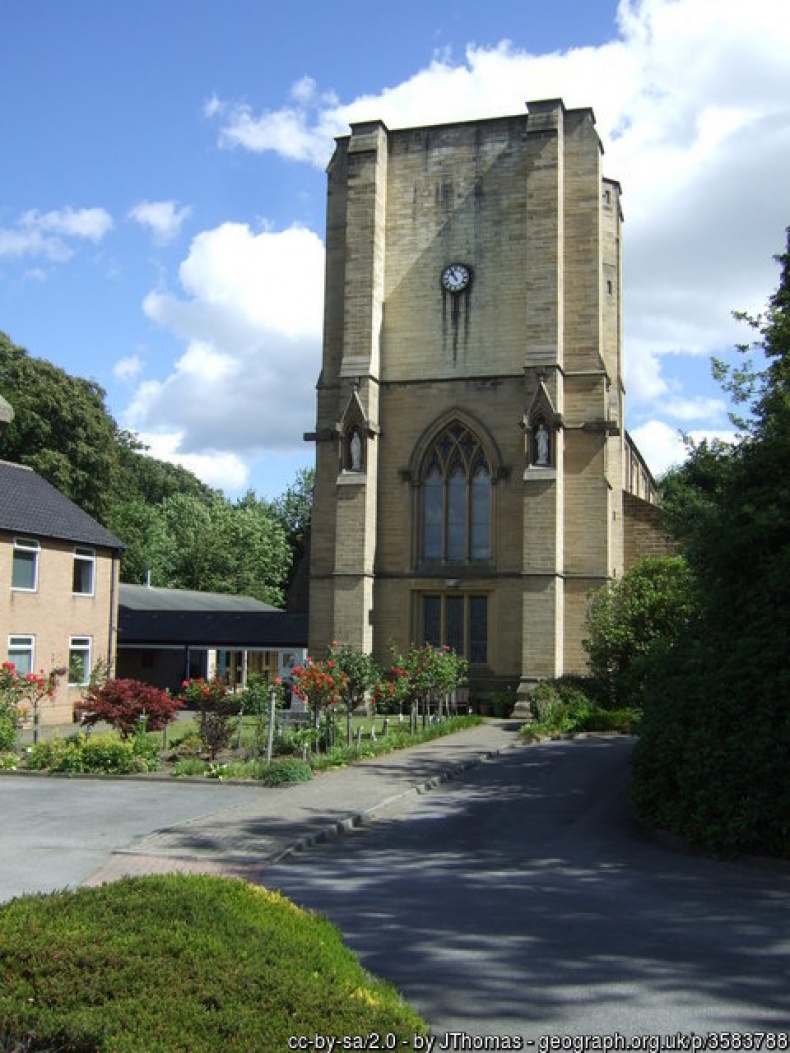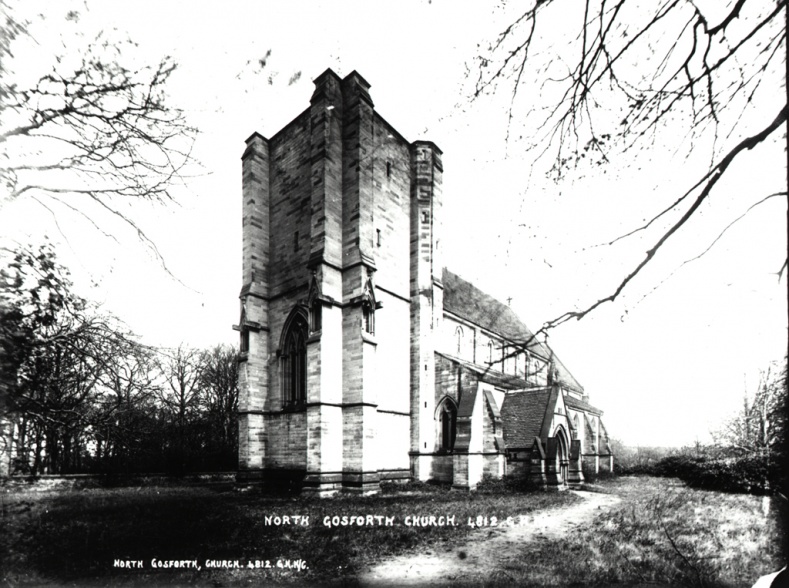

Smith, Thomas Eustace
1831 – 1903
Shipping Magnate
Thomas Eustace Smith was a Tyneside based shipping magnate. He was the son of William Smith (1787 -1860) and Margaret Werge. The family lived at Gosforth House on land now part of Newcastle Racecourse.
In 1860, Thomas inherited his father’s business which he had built up from a small rope making enterprise into a large shipping business. It owned ships and docks, as well as building ships on the Tyne. In 1864 he established the Alliance Ship-Owning and Ship-Building Co. after acquiring the freehold to the dockyard of Young, Son and Magnay. The Alliance became a leading constructor of steam trawlers and herring drifters, turning out up to 25 ships per year. Eventually, the company became part of the Swan Hunter business.
Smith had 10 children born between 1856 and 1868. Between 1865 and 1875 he assembled an outstanding collection of paintings by artists of the so-called aesthetic movement. This style of art celebrated “art for art’s sake”. It sought to create works that were admired simply for their beauty rather than any narrative or moral function. The Smiths were generous and often lent their collection to museums for public display; often lending paintings to the Royal Academy in London. In 1886, following a scandal during which Smith’s wife and daughter were exposed as having the same lover, Smith sold his entire art collection to Alexander Henderson, later Baron Faringdon and owner of Buscot Park in Oxfordshire. His family home Gosforth Park was sold to the Gosforth Racing Company. Smith felt humiliated by the scandal and he and his wife moved to Spain, where they remained until 1900 before returning to England to live in Hampshire. Smith had been MP North Shields & Tynemouth but resigned following the family scandal of 1885.
Thomas Eustace Smith is principally celebrated for one outstanding act of philanthropy. In this, he sought to express both his thanks to God and his love of arts. In the 1860s he commissioned and paid for the construction of a Gothic Revival Anglican church to serve north Gosforth. The architect of what was initially called St Mary’s is likely to have been William Butterfield who commissioned stained glass from Morris & Co. The pre-Raphaelite stained glass features figures by Edward Burne-Jones and Ford Madox Brown and decorative elaboration by William Morris. The glass is one of the very best examples of Morris stained glass in the North East. The church accordingly is treasured as a grade 2 listed building. Due to lack of a sufficient congregation, the church was purchased in 1911 by Bishop Richard Collins and gifted to the Roman Catholic Diocese of Hexham and Newcastle. Renamed and rededicated in 1912 as the Sacred Heart Church it remains in active use as a parish church.
References
Easby, R.J. (2018). The Aesthetic Movement, Khan Academy, Available here (Accessed 13/06/2018).
Grace’s Guide. (2018). Alliance Ship-Owning and Ship-Building Co, Available here (Accessed 13/06/2018).
Heddon-on-the-Wall Local History Society. (2014). Ralph Eustace Smith, Available here (Accessed 13/06/2018).
Wikipedia.org. (2018). Thomas Eustace Smith. [Online] Available here (Accessed 13 June 2018).